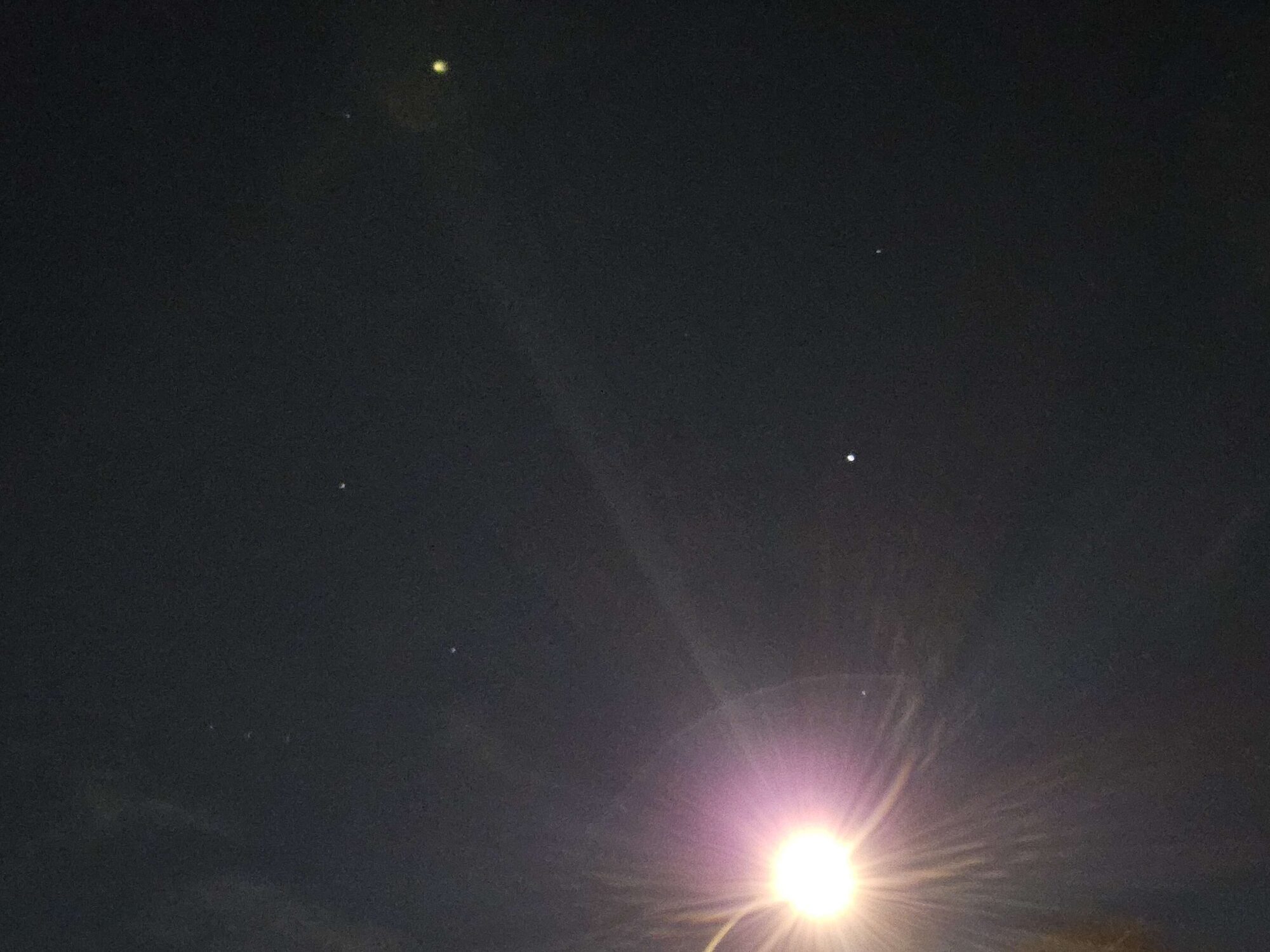What is it?
A solar eclipse is when at a rare moment, the moon passes infront of the sun and earth. Perfectly aligned, it creates the effect we see!
Types of eclipses:
There are 3 types of eclipses depending where the 3 planets align, and how far away the moon is from earth. The first one is called total, the rarest form. The other 2 are partial and penumbral. Unlike lunar eclipses, looking at a solar eclipse can cause permanent damage to your eyes!
The science behind it:
We have learnt many things by studying solar eclipses, leading to great scientific discoveries! It helped scientists decipher the sun’s structure, explosive events, as well as find evidence for theories and new elements. To this day, scientists are studying solar eclipses for new knowledge and discoveries. Total solar eclipses are a gold mine for scientists, since it allows them to see a part of the sun that is usually hidden – its atmosphere, or better known as the corona.
Safety first!:
Eye protection is very important during solar eclipses; never look directly at the sun without it. One way to do it safely and securely is by wearing eclipse glasses, or viewing glasses, specially made for such events. You can take these glasses on for a short period of time, when the moon is completely infront of the sun – called the period of totality. There are other indirect ways to look at the sun during a solar eclipse, but we highly recommend the glasses!

